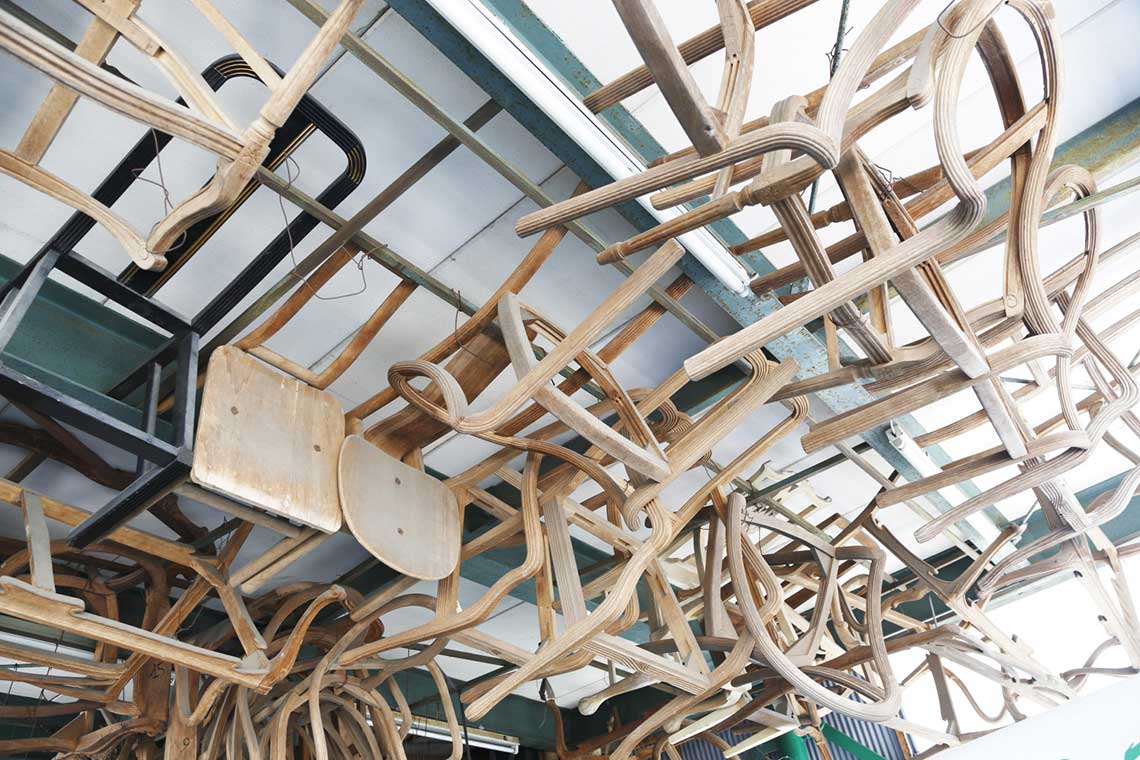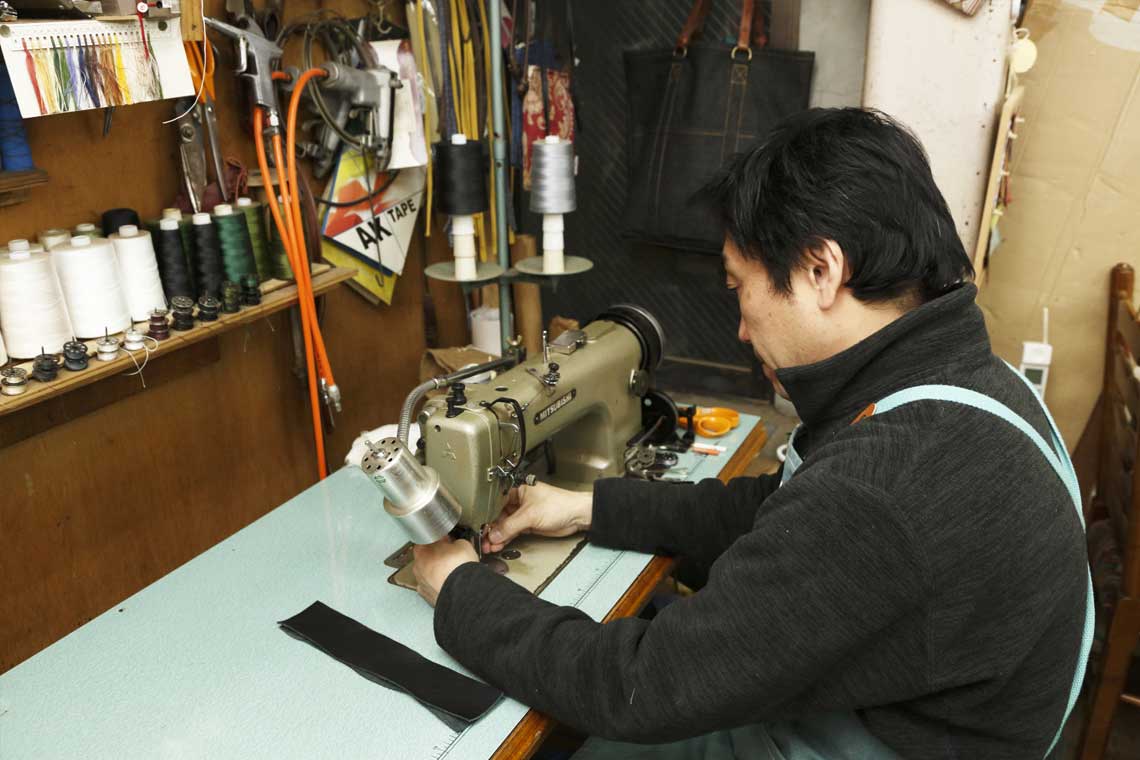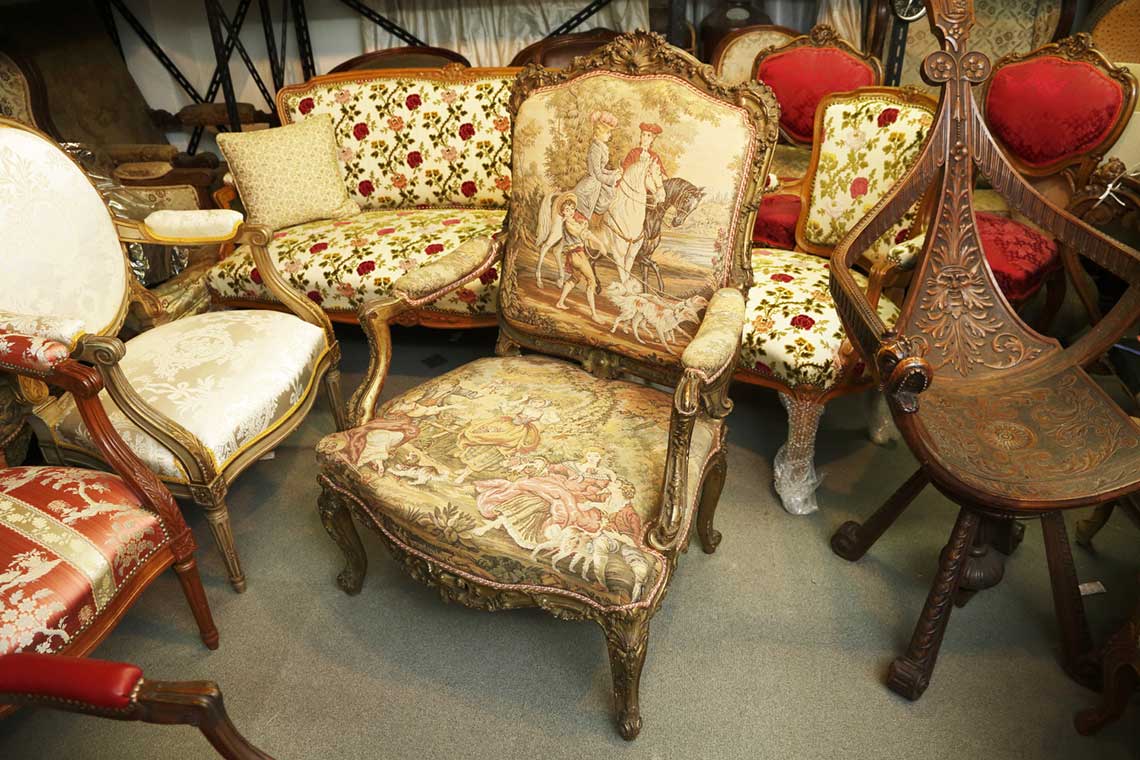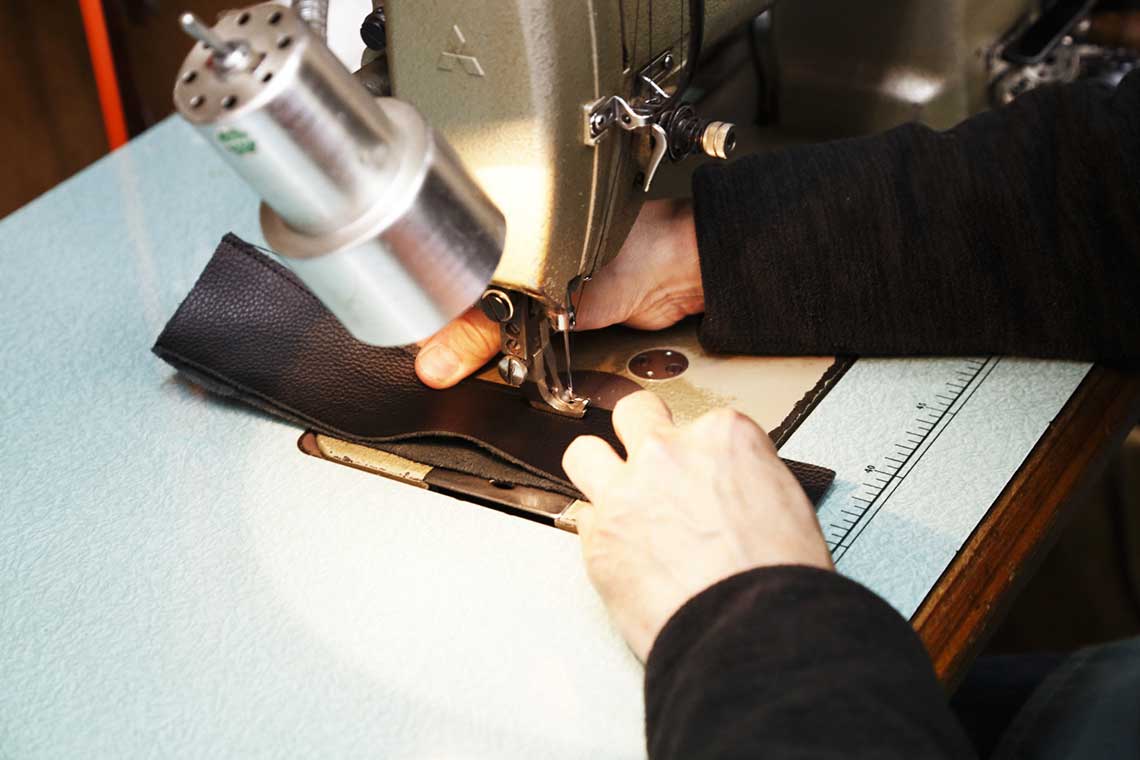Dedicated to Antique Chairs.
“The House of Chairs” – Preserving the Art of Traditional French Upholstery

ISUHOUSE KAMIYANAGI is one of the few workshops that imports classically styled chair frames, primarily from France, and applies its own unique craftsmanship to them. With over 50 years of experience in chair making, we expertly produce them to-order. Following a tradition that dates back more than two centuries, we are the only company that proudly produces chairs crafted by authentic French upholsterers, featuring springs, horsehair cushions, and coir fiber filling.


The workshop has been passed down from the founder to the second generation in Masanobu Kamiyanagi. Antique chairs filled with expressive charm feature decorative frames that capture the creator’s aesthetic sense and vibrant, colorful fabrics that enliven the spirit. Among our collection of chairs are some that have been restored from the time of Louis XV. We cherish the classic medieval style, which blends elegance and durability.

The upholstery techniques handed down at ISUHOUSE KAMIYANAGI are primarily from the French Rococo era. This technique, which dates back to the height of chair upholstery technology, boasts durability that can last for a century. The upholstery, crafted using only natural materials such as palm leaves and horsehair, and following traditional French techniques, offers an exquisite piece that adapts to your body, allowing you to “grow into” your chair through use.
ISUHOUSE KAMIYANAGI FURNITURE PRODUCTS CO.,LTD
Masanobu Kamiyanagi
6-31-20 Kitamachi, Nerima-ku, Tokyo 179-0081
TEL: 03-3931-5040
https://www.isuhouse.com/


